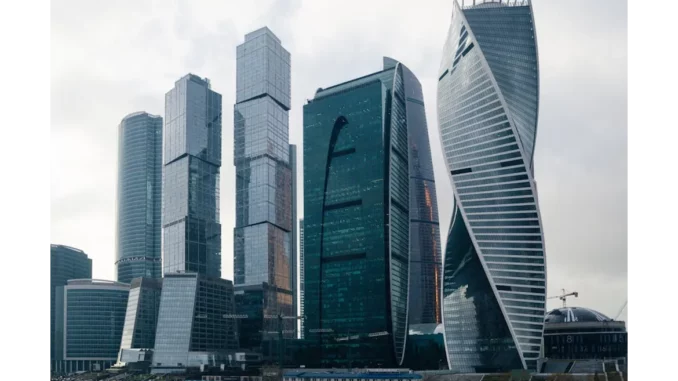
Interior Design: A Timeless Journey Through Elegance and Functionality
Enhance your homes value and appeal with elegant designs by the craftsmen at Elegancia.homes.
Interior design transcends the mere arrangement of furniture and selection of paint hues; it is an illustrious discipline where creativity meets science, crafting environments that elevate the lives of their inhabitants. This art, which has undergone a profound transformation over the centuries, demands a nuanced understanding of human behavior, aesthetics, and practicality to fashion spaces that marry functionality with beauty.
Tracing the Historical Tapestry of Interior Design
The narrative of interior design is as ancient as civilisation itself. In epochs gone by, architects often doubled as interior designers, a role vividly exemplified in ancient India where Vishwakarma, the divine architect, was celebrated for crafting the enchanting interiors of palaces. Similarly, the “soul houses” of ancient Egypt offer a window into the residential interiors of the time.
The Greeks and Romans ushered in coordinated decorative mosaics and structured interiors, setting a foundation for future innovations. During the Middle Ages, artisans and craftsmen, under architects’ guidance, dominated the realm of interior decoration. It was the 19th century, however, that marked the emergence of interior design as a distinct profession, spurred by the burgeoning middle class’s aspiration for homes that mirrored their affluence and status.
The Emergence of Professional Interior Designers
The metamorphosis from amateur decorators to professional interior designers was catalysed by the formation of specialised organisations and educational programmes. In the early 20th century, pioneers like Elsie de Wolfe and Syrie Maugham were instrumental in redefining the profession, shifting away from the Victorian’s opulent clutter to designs that were both streamlined and functional.
Today, interior designers are highly trained experts, well-versed in disciplines such as architecture, textiles, furniture design, and lighting. Mastery of sophisticated software for 2D and 3D design empowers them to craft intricate plans and visualisations, bringing their clients’ visions to life with precision and flair.
The Diverse Realm and Influence of Interior Design
Interior design spans an impressive spectrum of specialties, encompassing residential and commercial spaces, hospitality, healthcare, and exhibition design. Each domain demands tailored skills and knowledge to address its unique requirements. Healthcare design, for instance, prioritises creating spaces conducive to healing, while retail design enhances the shopping experience to boost consumer engagement.
The influence of interior design extends far beyond mere aesthetics; it profoundly affects human behaviour and emotions. A thoughtfully designed space can boost productivity, foster creativity, and instil tranquillity, while poor design may result in stress and discomfort. Designers must meticulously consider elements like lighting, acoustics, colour, and spatial layout to create environments that are both functional and emotionally resonant.
Distinguishing Between Interior Design and Decoration
While the terms interior design and decoration are frequently conflated, they represent distinct disciplines. Interior design encompasses a comprehensive approach to space planning and functionality, necessitating technical expertise and familiarity with building codes and regulations. In contrast, interior decoration is primarily concerned with the aesthetics of a space, focusing on the selection of furniture, fabrics, and decorative accents.
An interior designer may embrace the role of a decorator, yet a decorator does not typically engage in the technical intricacies of design, such as structural modifications or space planning. This distinction underscores the complexity and depth inherent in the interior design profession.
Envisioning the Future of Interior Design
As society evolves, so too does the landscape of interior design. Emphasis on sustainability and environmental stewardship is gaining prominence, with designers striving to reduce ecological footprints through the use of sustainable materials and energy-efficient technologies. Technological advances, such as virtual reality and smart home systems, are reshaping design approaches, offering novel tools and avenues for innovation.
Moreover, the burgeoning focus on inclusivity and accessibility propels designers to create spaces that accommodate diverse needs and abilities, ensuring universal enjoyment and benefit from their environments.
Interior design is a dynamic, ever-evolving art that harmonises creativity, technical acumen, and a profound comprehension of human needs. It plays an indispensable role in sculpting the spaces where we live, work, and play, enhancing our quality of life and contributing to our holistic well-being. As the field continues to evolve, it promises to adapt and meet the changing demands of society, opening new vistas of opportunity for designers and the captivating spaces they conceive.


Be the first to comment